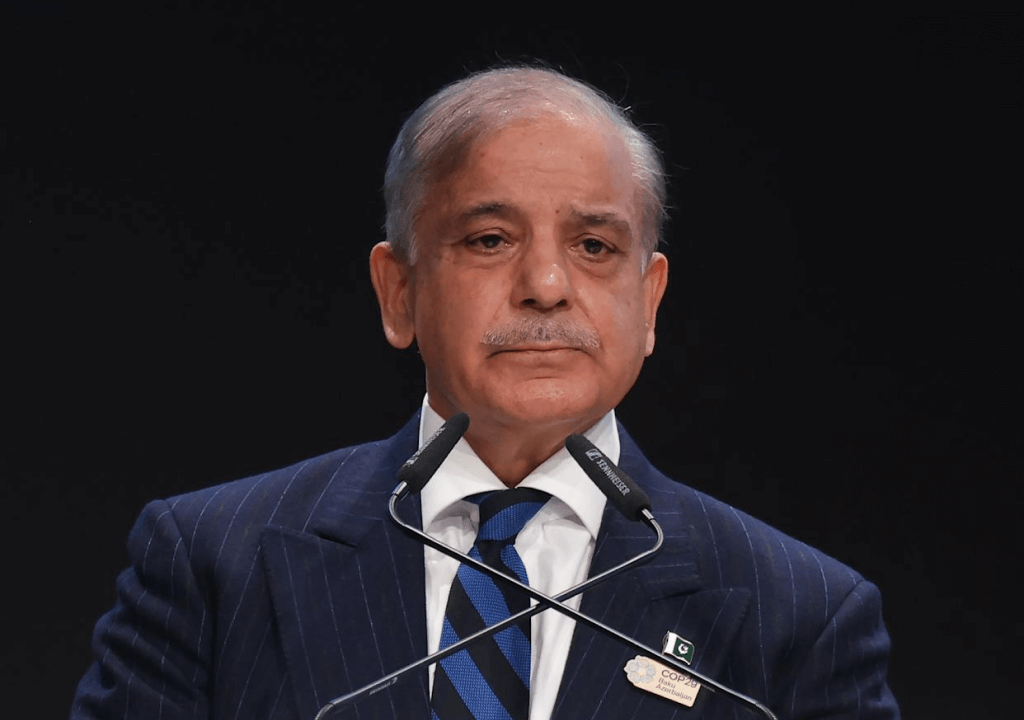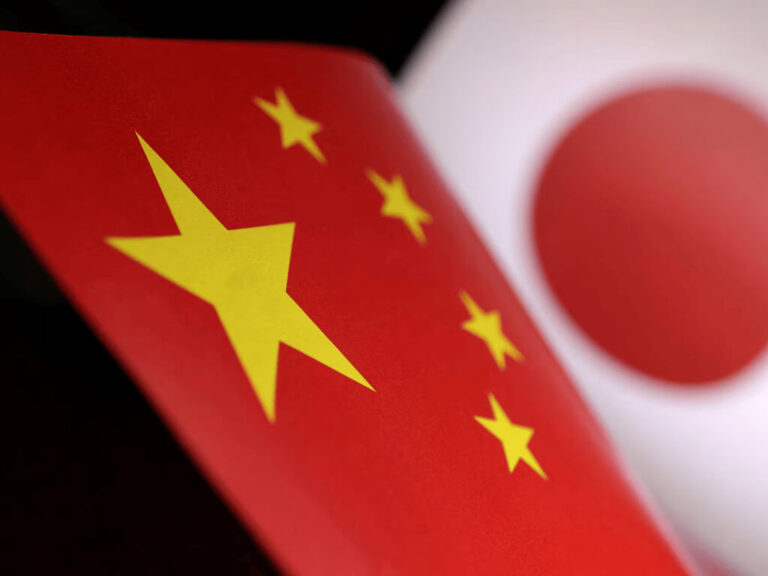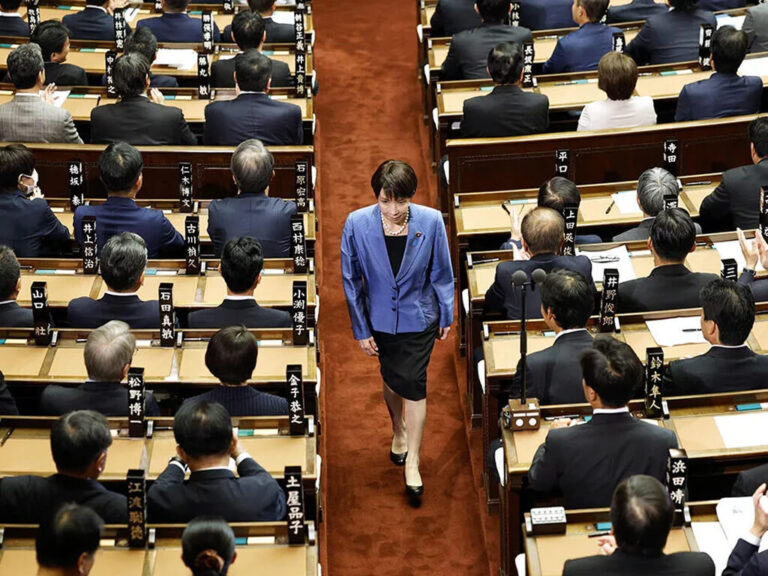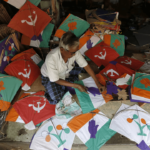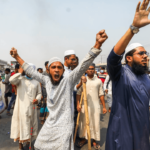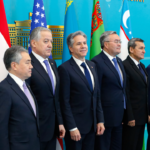Even as Pakistan struggles through one of its worst economic crises and remains dependent on international aid, it is pressing ahead with a major increase in military spending. On June 10, the government unveiled a budget that significantly boosts defense funding—an expected move in a country often described as being run by its military. The armed forces, which recently helped stabilize an unpopular government by claiming a victory in a tense standoff with India, now seem to be receiving their reward. What’s striking is the scale of the increase, especially when other vital sectors—badly in need of funding—are being left behind.
Budget saved by escalation
Prime Minister Shehbaz Sharif’s government has unveiled the federal budget for the 2025–26 fiscal year, raising the defense allocation to 2.55 trillion Pakistani rupees (about $9 billion), up from 2.12 trillion the previous year—a nearly 20 percent increase. This significant boost comes alongside spending cuts in several civilian sectors. While such a budget might have been unpopular under normal circumstances, it has been largely welcomed due to the heightened emphasis on military strength.
The government appears to be capitalizing on a wave of nationalist sentiment and renewed public support following the confrontation—an event that some analysts now suspect may have been choreographed to bolster both the military’s dominance and the ruling coalition’s shaky political standing.
In April, as public support for the government sank to new lows, both civilian and military leaders ramped up nationalist rhetoric, placing renewed emphasis on Kashmir. The turning point came after the Pahalgam attack, in which Hindu tourists were killed—an incident India immediately blamed on Pakistan’s intelligence services. India responded with military force, prompting a swift and seemingly well-prepared escalation from Pakistan, which later claimed victory in the brief confrontation.
The public celebrations that followed created the image of a united, victorious nation—conveniently shifting focus away from Pakistan’s worsening economic crisis. With the military’s popularity surging and nationalist sentiment running high, criticism of the government’s economic mismanagement and inflation has faded. In this atmosphere, few are questioning the decision to prioritize defense spending over investment in struggling civilian sectors.
Considerable cuts
While military spending has surged, Pakistan has made significant cuts in other parts of its budget to cut the total spending and meet the conditions set by international lenders, particularly the International Monetary Fund (IMF), which has repeatedly bailed out the country’s struggling economy. Overall government spending is projected to decline by 7%, bringing the total budget to 17.57 trillion Pakistani rupees (approximately $62 billion).
A recent multibillion-dollar IMF support package has helped stabilize the economy and ease inflation. However, Pakistan’s heavy reliance on the IMF comes with strict requirements for fiscal discipline and structural reforms. The IMF has urged the government to broaden its tax base by bringing sectors like agriculture, retail, and real estate under the tax net.
To rein in spending, the government has made steep cuts to key public services. The environmental protection budget has been reduced from 7.2 billion rupees to just 3.1 billion, while health spending has dropped sharply from 52.1 billion rupees in last year’s revised budget to 31.9 billion. Analysts say the Sharif government is compensating for the rise in defense spending by slashing funds for welfare and essential civilian sectors.
In January, Pakistan signed a landmark 10-year agreement with the World Bank, securing $20 billion in loans to shore up its fragile economy. Yet despite this influx of funds, the country’s national debt continues to rise, reaching roughly $273 billion (76 trillion rupees) in the first nine months of the current fiscal year, according to the latest government economic survey.
Will economic woes deepen?
While Pakistan’s political leaders continue to project optimism—claiming a 4.2% economic expansion for the 2025–26 fiscal year as forecasted by Prime Minister Shehbaz Sharif’s government—the ground reality remains deeply concerning. Inflation remains high, and food prices are expected to rise further due to upcoming tax hikes and India’s cancellation of a key water-sharing treaty.
Foreign investment is drying up as billionaires flee the country, unable to compete with the powerful military establishment, which operates as a dominant business force in the economy. Financial assistance from Islamic states is no longer flowing as freely as before, and tourism remains virtually non-existent due to persistent threats of terrorism.
With no alternative sources of revenue being developed, even the controversial plan to lease out mineral resources to China appears to be at a standstill. In this bleak scenario, the government seems to be relying on increased military spending not just as a defense strategy, but as a way to temporarily placate the public and delay any potential military toppling of the government.

